One of the most important factors to consider when growing microgreens is seed density. This refers to how many seeds are planted per square inch or square centimetre of soil.
Is there a general rule of thumb for seed density?

There are many different factors that can affect seed density, including the type of seed, the size of the container, and the level of light and moisture. In general, seed density should be higher for small seeds, such as radish and mustard, and lower for larger seeds, such as sunflower and peas.
However, it's important to note that different microgreen seeds have different germination rates, and thus, you may need to adjust the seed density accordingly.
To help you determine the right seed density for your microgreens, we've created a chart that lists the recommended seed density for a variety of common microgreen varieties. This chart includes information on the type of seed, the recommended seed density, and the ideal growing conditions for each variety.
Microgreen Seed Density Chart
Here is a Microgreen seed density chart for the most common microgreens:

It's important to note that this is only a general guideline and might change depending on the growing conditions. Additionally, you should always do a trial run before planting a large batch and make adjustments as necessary.
In conclusion, seed density is an important factor to consider when growing microgreens. By using the right seed density and providing the ideal growing conditions, you can ensure that your microgreens will thrive and be packed with flavour and nutrition. With a little bit of experimentation and a handy seed density chart, you'll be on your way to growing delicious and nutritious microgreens in no time!


 Sign In
Sign In









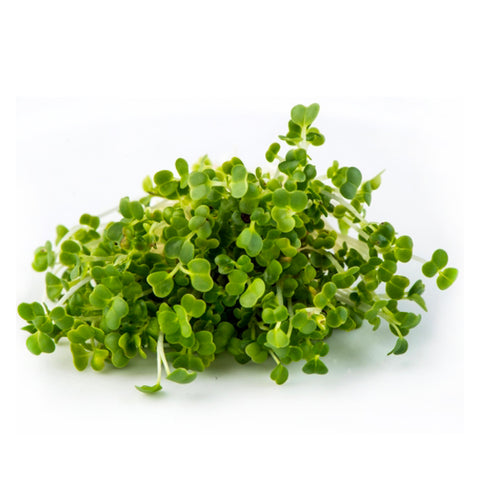
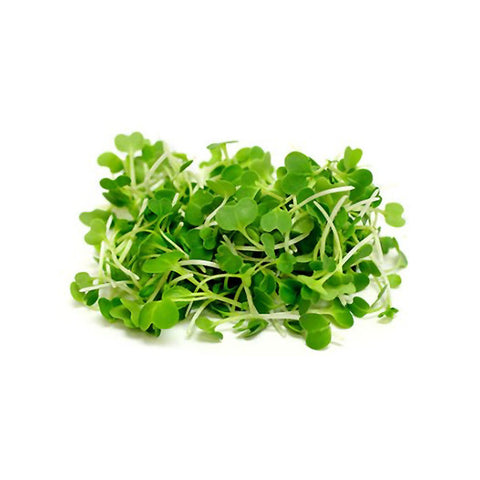
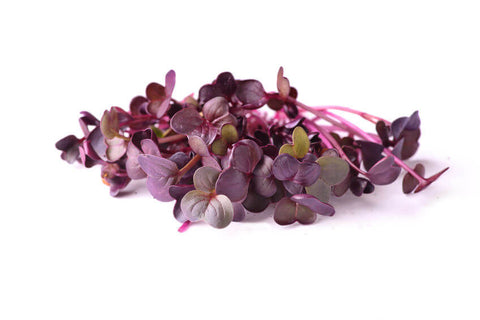
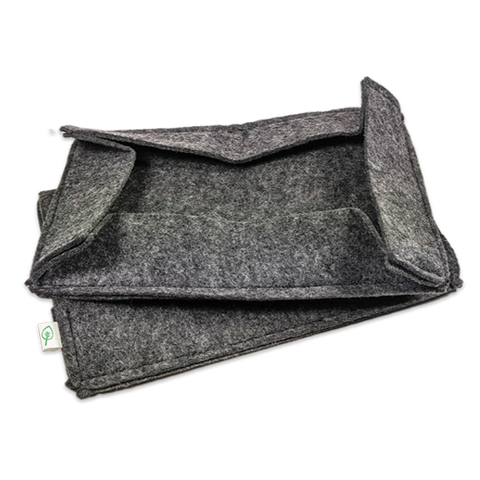
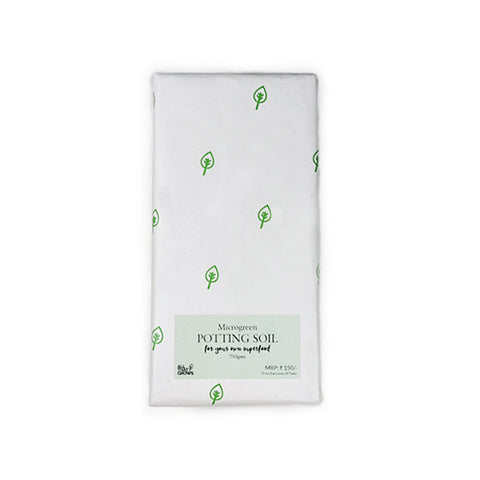







Let us know your feedback
* Comments must be approved before being displayed.